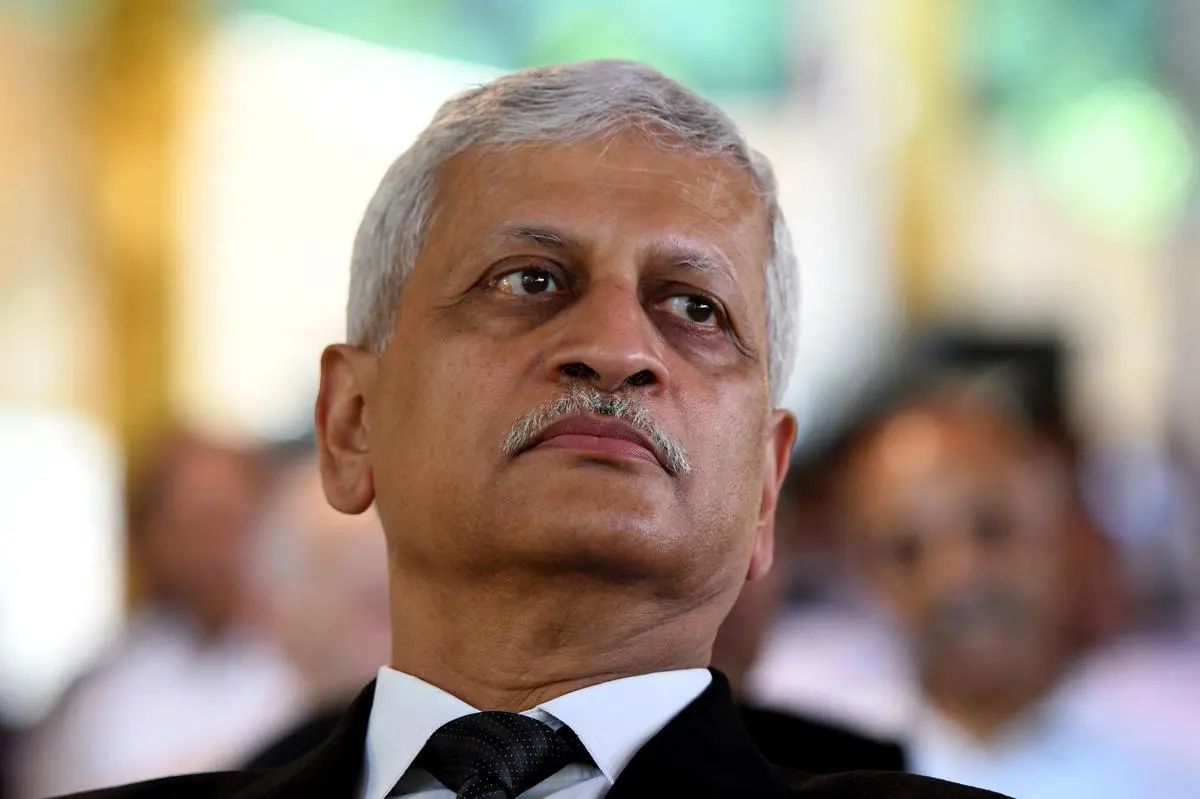
UU Lalit to focus on 3 key areas in 74 days as Chief Justice of India
Justice Lalit would strive hard to ensure that at least one constitution bench is functioning in the SC throughout the year; the other 2 focus areas are listing cases for hearing in the apex court and mentioning urgent matters

Chief Justice of India-designate Justice UU Lalit on Friday highlighted three areas on which he intends to work during his 74-day tenure as the head of the judiciary and said he would strive hard to ensure that at least one constitution bench is functioning in the Supreme Court throughout the year.
Justice Lalit, who will become the 49th CJI on Saturday, said the other two areas are — listing cases for hearing in the apex court and mentioning urgent matters.
Speaking at a function organised by the Supreme Court Bar Association (SCBA) to bid farewell to outgoing CJI NV Ramana, Justice Lalit said he has always believed that role of the top court is to lay down law with clarity and the best possible way to do it is to have larger benches as early as possible so that the issues get clarified immediately.
“So, we will strive hard to say that yes, we will always have at least one constitution bench functioning all throughout the year,” he said.
Listing of cases
Justice Lalit said one of the areas in which he intends to work is about the listing of cases before the constitution benches and matters which are specially referred to three-judge benches.
On the issue of listing of matters, he said: “I must assure you that we will strive hard to make the listing as simple, as clear, and as transparent as possible.”
Regarding mentioning urgent matters, Justice Lalit said he would certainly look into it. “I will have a word with all my learned colleagues on the bench and we will certainly sort that out and very shortly, you will have a clear-cut regime where any urgent matter can freely be mentioned before the respective courts,” he said.
Justice Lalit said: “I have always believed that the role of the Supreme Court is to lay down law with clarity, consistency, and the best possible way to do it is to have larger benches as early as possible, wherever the matters are referred to such benches so that the issues get clarified immediately, the matter has consistency and the people are well aware of what exactly are the contours of the peculiar positions in law.”
Ramana’s stand out achievements
While hailing Justice Ramana, who became the CJI on April 24 last year, Justice Lalit pointed out two “stand out” achievements, including that over 250 appointments of judges in the high courts across the country were made as a result of recommendations made by the apex court collegium in the last about 14 months or so.
He said the present strength of judges in the high courts in the country is about 750.
Referring to the 250 appointments in high courts, he said almost one-third of the strength is a result of the recommendations made by the collegium headed by Justice Ramana.
He said there may be a time in the future that perhaps a large number of judges of the apex court may be those who have been appointed during this period.
Justice Lalit said the second facet which he noticed was during the Chief Justices and Chief Ministers conference where Justice Ramana meticulously and very forcefully tried to persuade all the chief ministers and chief justices to concentrate on issues concerning infrastructure in the district and lower judiciary. “That was remarkable,” he said.
Justice Lalit said the results of that conference are resonating now.
Justice Lalit will have a brief tenure of less than three months as the CJI and he will retire on November 8 this year. The retirement age of judges of the Supreme Court is 65.
With agency inputs

